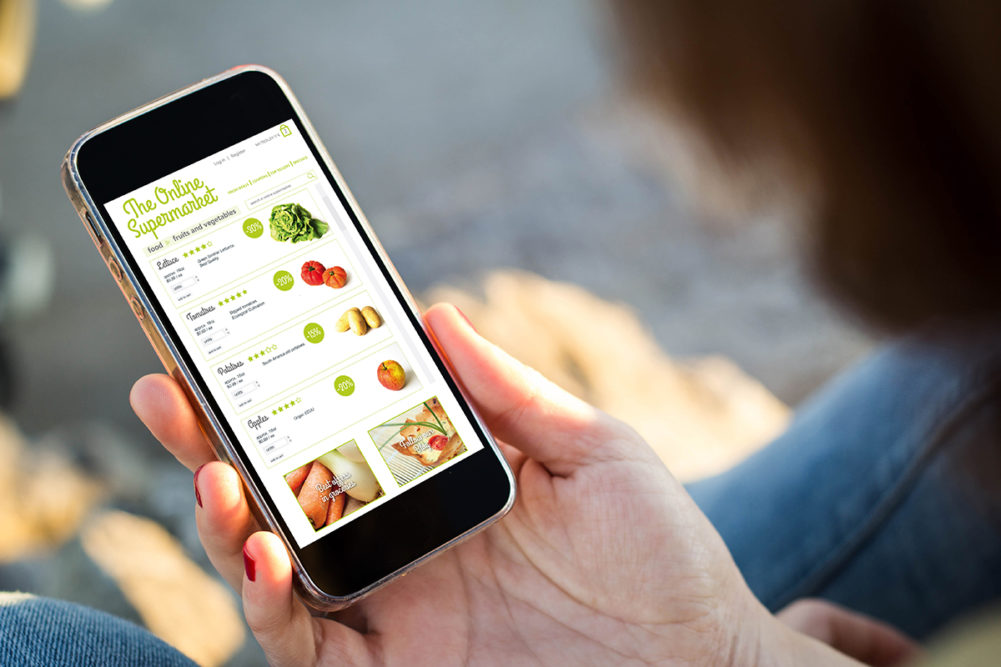Employee retention, labor shortages and workplace efficiency continue to be top concerns for managers in the grocery industry.
Hobart Food Equipment, based in Troy, Ohio, offers many automated equipment solutions to increase efficiency for instore delis and bakeries.
The company’s marketing director of Hobart Food Prep Equipment, Carolyn Bilger, offered insight on some of the biggest labor challenges affecting retailers right now.
“Finding and retaining skilled employees continues to be a challenge for the retail deli space,” Bilger said. “High turnover places a burden on employees who maintain their employment, bringing the potential for burnout from longer hours and additional work. It is harder to introduce efficiencies into deli operations when there are fewer and overworked employees. It also makes it difficult for managers who are tasked with hiring and training on a repeated basis.”
At the National Restaurant Association Show in Chicago on May 20, the association’s president and CEO Michelle Korsmo delivered a keynote address that largely applied to the current issues in the retail foodservice space as well. Korsmo emphasized the importance of operations being efficient, convenient, and personalized for consumers, while still being attentive and customer focused.
“Thinking about technology starts with understanding the value proposition you offer your customers, determining their needs, wants, preferences, and behaviors and then tailoring your technology and service accordingly,” Korsmo said. “It can build loyalty and ultimately lead to growth. Now, each of you are at the crossroads where you must figure out, what is that high tech/high touch balance for your business.”
Korsmo added that the goal with added technology is not to replace workers but to enhance their job functions. Some consumer-focused technology options for retail foodservice that can also lift some of the burdens placed on workers amidst labor shortages are online ordering, along with more advanced in-store shopping tools like self-ordering kiosks and smart grocery carts.
Korsmo emphasized that technology should be implemented purposefully to ensure it actually adds to a store’s value for consumers.
“Ultimately, the experience you provide in real life is what keeps your customers coming back,” Korsmo said. “How you use technology to interact with them is what converts new customers into regulars and regulars into high frequency guests. But remember, you can’t have a technology strategy that is separated from your value proposition. Ultimately, it is your value proposition that sets you apart and makes you successful.”
For online ordering services, many retailers have partnered with delivery apps like Instacart, DoorDash and Grubhub, while many larger retailers also have their own apps for placing grocery orders.
Rochester, N.Y.-based Wegmans has a unique option on DoorDash for some store locations for shoppers to order a fresh meal directly from the prepared foods department, as if it were a restaurant separate from the grocery store. This allows fresh food to be delivered faster and for the delivery fee to be lower than it is for a grocery order that requires more time and labor for the DoorDasher to shop and fulfill the order. Not only does this option speed up delivery, but it also makes it easier for consumers to find the prepared foods they are looking for.
Some retailers on Instacart also offer a separate express or grab-and-go shoppable page for their stores for orders to be fulfilled faster than the typical delivery window for grocery orders.
This article is an excerpt from the June 2024 issue of Supermarket Perimeter. You can read the entire Labor & Automation feature and more in the digital edition here.

